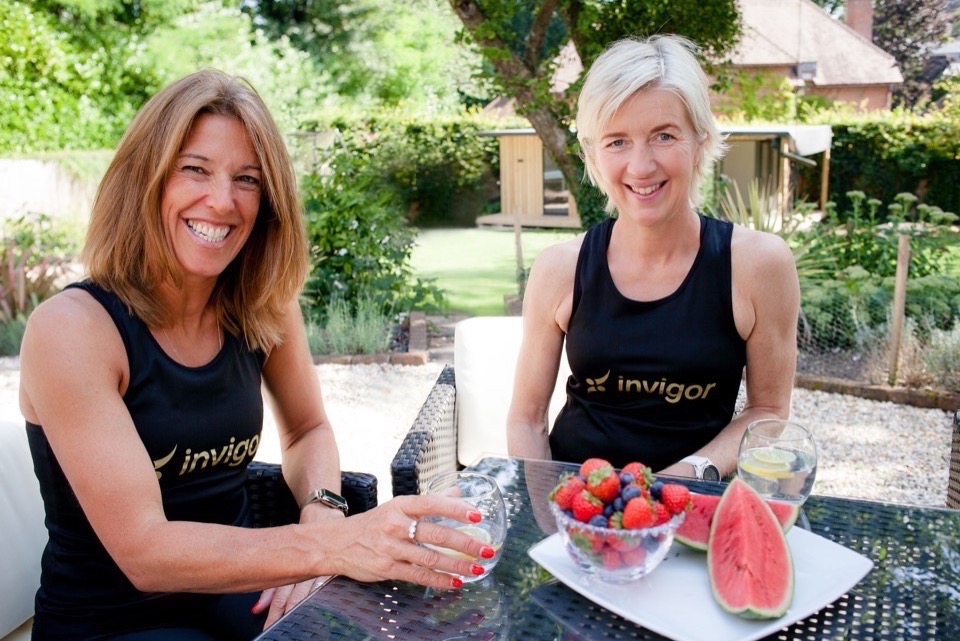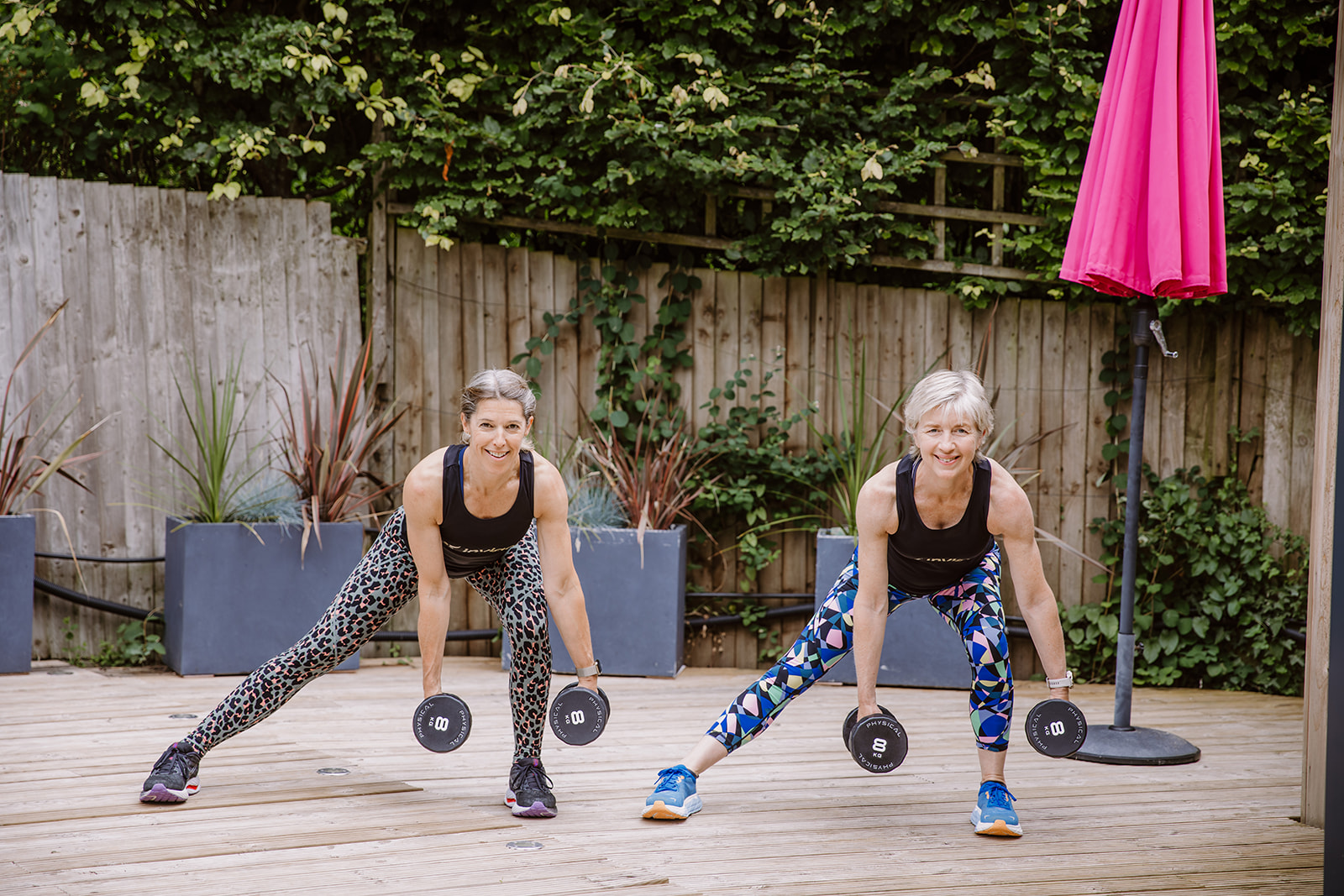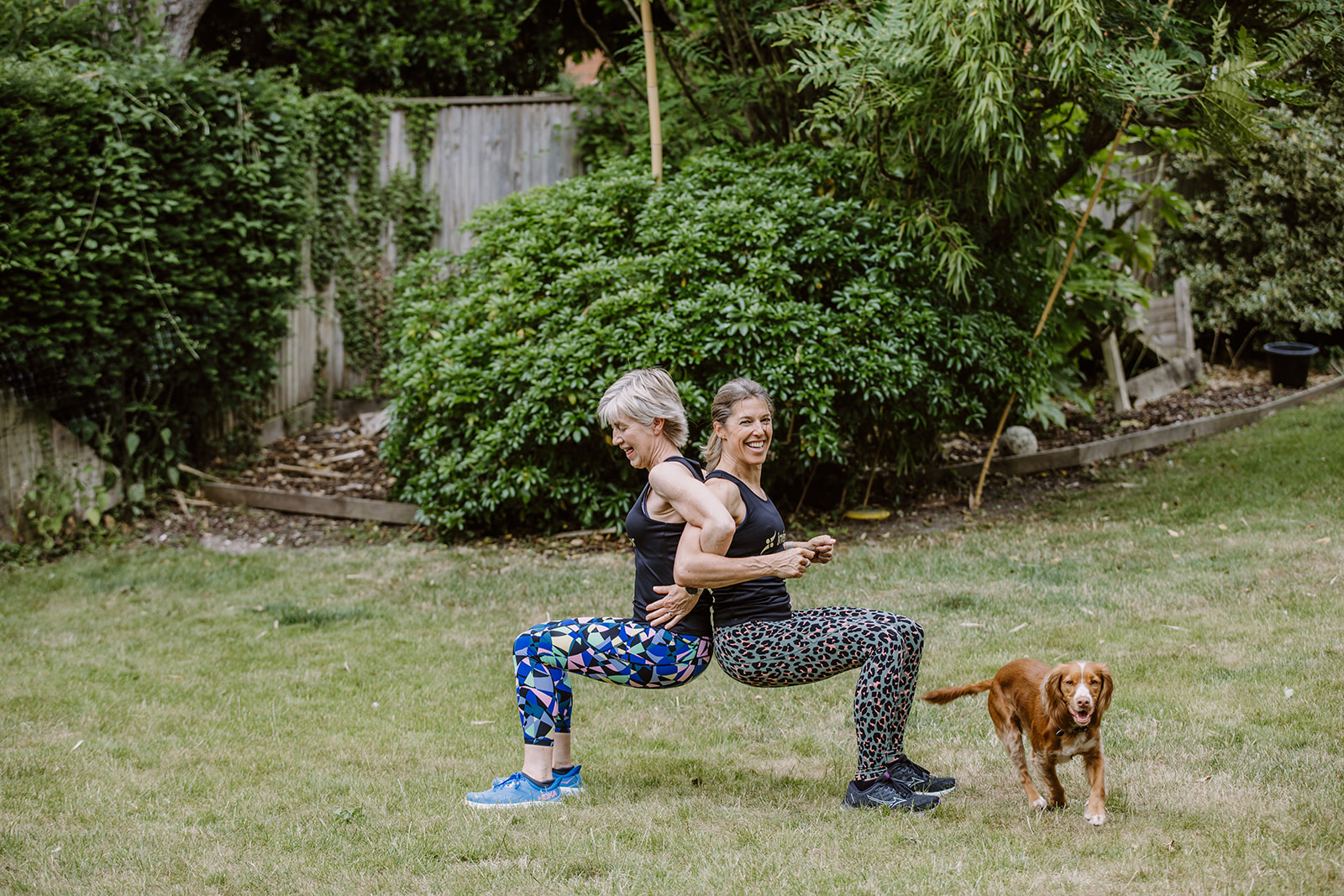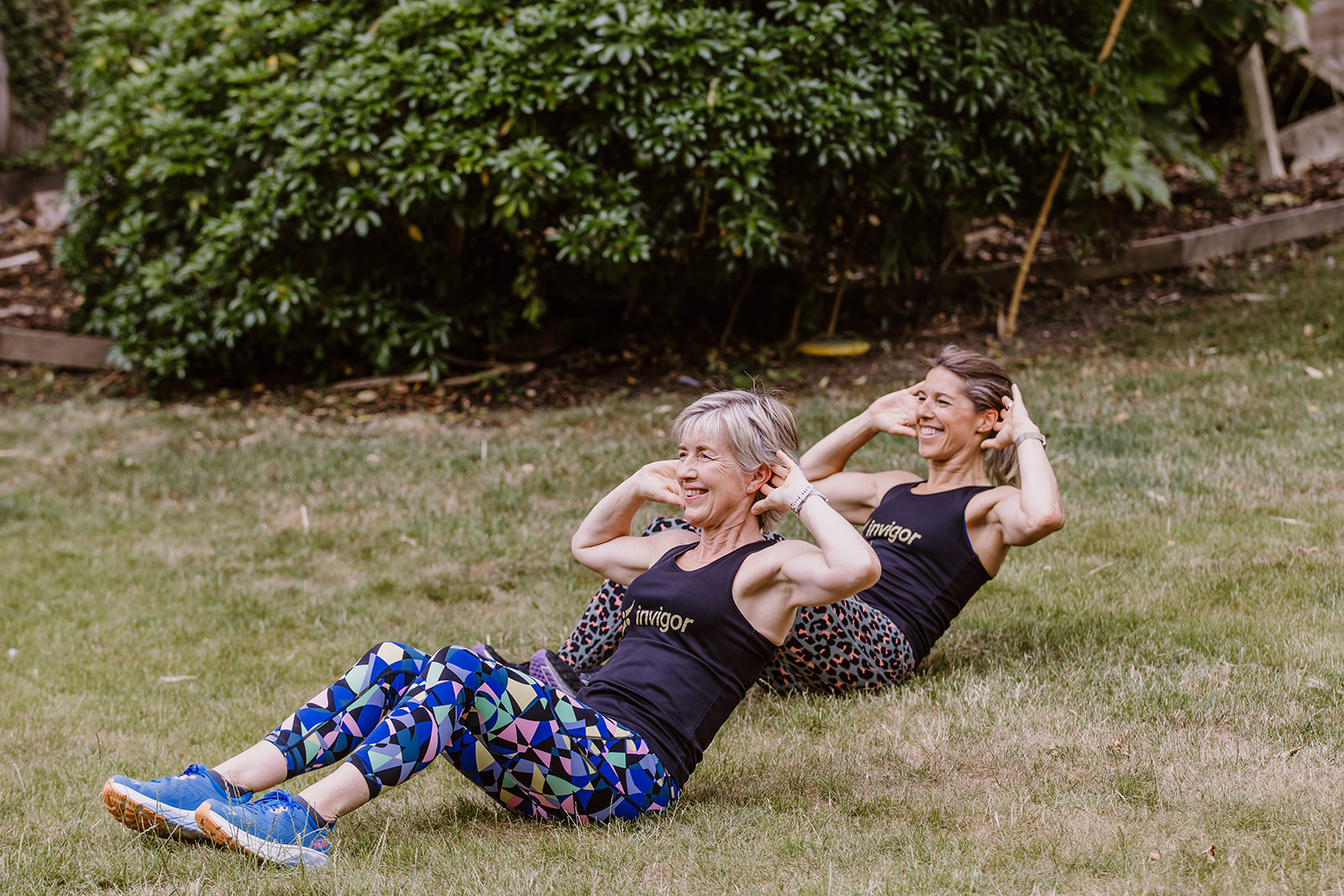If you’re a woman in your mid-50s or beyond, chances are you’ve heard whispers about bone loss, osteopenia, or osteoporosis — maybe even from your own doctor. But here’s something powerful to remember: you are not fragile.
In fact, with the right kind of movement, your bones can become stronger, denser, and more resilient — well into your 60s, 70s, and beyond. That’s encouraging, right?
So, let’s explore how simple, safe strength training can protect your bones and help you feel grounded, stable, and confident every day.
What Happens to Our Bones After 50?
As we reach menopause, a natural drop in oestrogen slows the bone-building process. In fact, women can lose up to 20% of their bone density in the 5–7 years post-menopause.
This can lead to:
- Fragile bones (osteopenia or osteoporosis)
- Loss of height or posture changes
- Increased risk of fractures, especially in the hip, spine, and wrist
Personally, I can attest to this. A bone density scan (DEXA scan) two years ago revealed osteopenia — and I was shocked. Not long after, I tripped while trail running and broke my wrist. Initially, my doctor thought it was a fragility fracture, but after hearing what had happened, she said, “Honestly, anyone would have broken their wrist falling like that!” It was an accident, not a sign of fragility.
Still, it was a wake-up call. With a family history of osteoporosis, I probably shouldn’t have been surprised. I was already strength training — but the scan reminded me why I need to keep going.
The key takeaway? Bones respond to challenge. In fact, gentle stress through movement helps make them stronger.
The #1 Habit to Strengthen Bones? Strength Training.
While walking (dog optional!) and yoga are both wonderful for general health, they simply don’t place enough load on the bones to stimulate new bone growth. That’s where strength training comes in.
Here’s why it’s so effective:
- It applies pressure to the bones in your hips, spine, and wrists
- It builds muscle, which supports joints and lowers your fall risk
- It improves posture, mobility, and balance
We work with women at all stages of menopause — and many are either new to strength training or returning after a long break. A common concern? “My wrists are sore — I can’t weight bear.”
But here’s the good news: after a few consistent months of strength training, those wrist complaints tend to disappear. Weight-bearing makes them stronger.
So, whether you’re just starting or picking it up again, it’s never too early — or too late — to begin. While bone-building capacity does decline from our 30s, we’ve seen women in their 70s begin and thrive.
5 Beginner Strength Moves to Support Your Bones
No gym? No problem. You can start at home using just your body weight or a light resistance band.
Begin with 1–2 sets of 8–12 reps, 2–3 times per week. Over time, you can build from there.
1. Chair Squats
- Targets hips, thighs, and spine
- Sit and stand from a chair
- Builds leg strength to prevent falls
2. Wall Push-Ups
- Targets wrists, shoulders, and chest
- Press against a wall
- Safely loads upper body and wrists
3. Glute Bridges
- Targets hips, pelvis, and spine
- Lie down, lift hips, and squeeze glutes
- Strengthens spine and hip stability
4. Standing Calf Raises
- Targets ankles and balance
- Lift onto toes while holding a chair
- Builds ankle strength and improves balance
5. Resistance Band Rows
- Targets back and posture
- Pull a resistance band toward you
- Strengthens upper back and supports spine alignment
Bonus: Train Your Balance
Balance training is another essential part of bone health — because it reduces your risk of falling in the first place.
Here are a few easy ways to build balance into your routine:
- Stand on one foot while brushing your teeth
- Walk across the room heel-to-toe
- Try gentle tai chi or yoga
Remember: Better balance = fewer falls = fewer fractures.
Consistency Beats Intensity
Now here’s the part most people overlook: you don’t need long workouts or heavy weights to get stronger.
What matters most is consistency.
Start with:
- 2–3 strength sessions per week
- 15–30 minutes per session
- Increase gradually as you feel stronger
And as always, prioritise good form, move with control, and give your body time to rest and recover.
Your Bones Are Alive — and They Respond to You
Let this be your reminder: every time you move with intention, you’re building your future.
Bone health isn’t just about avoiding fractures. It’s about feeling safe and strong in your body. Standing taller. Walking with confidence. Doing the things you love — gardening, travelling, cycling, or playing with grandchildren — without hesitation or fear.
And the best part? It’s never too late to start.
Ready to Get Stronger?
If this still feels overwhelming, or you’d rather not go it alone, we’re here to support you.
Our Strength Starts Now programme is a 6-week journey for women 50+ — designed to help you move from hesitant beginner to confident with weights. No gym, no prior experience required.
We’re Nicky and Jo — women like you, navigating midlife with strength and purpose.
Let’s build strong bones and a stronger you. Together.




